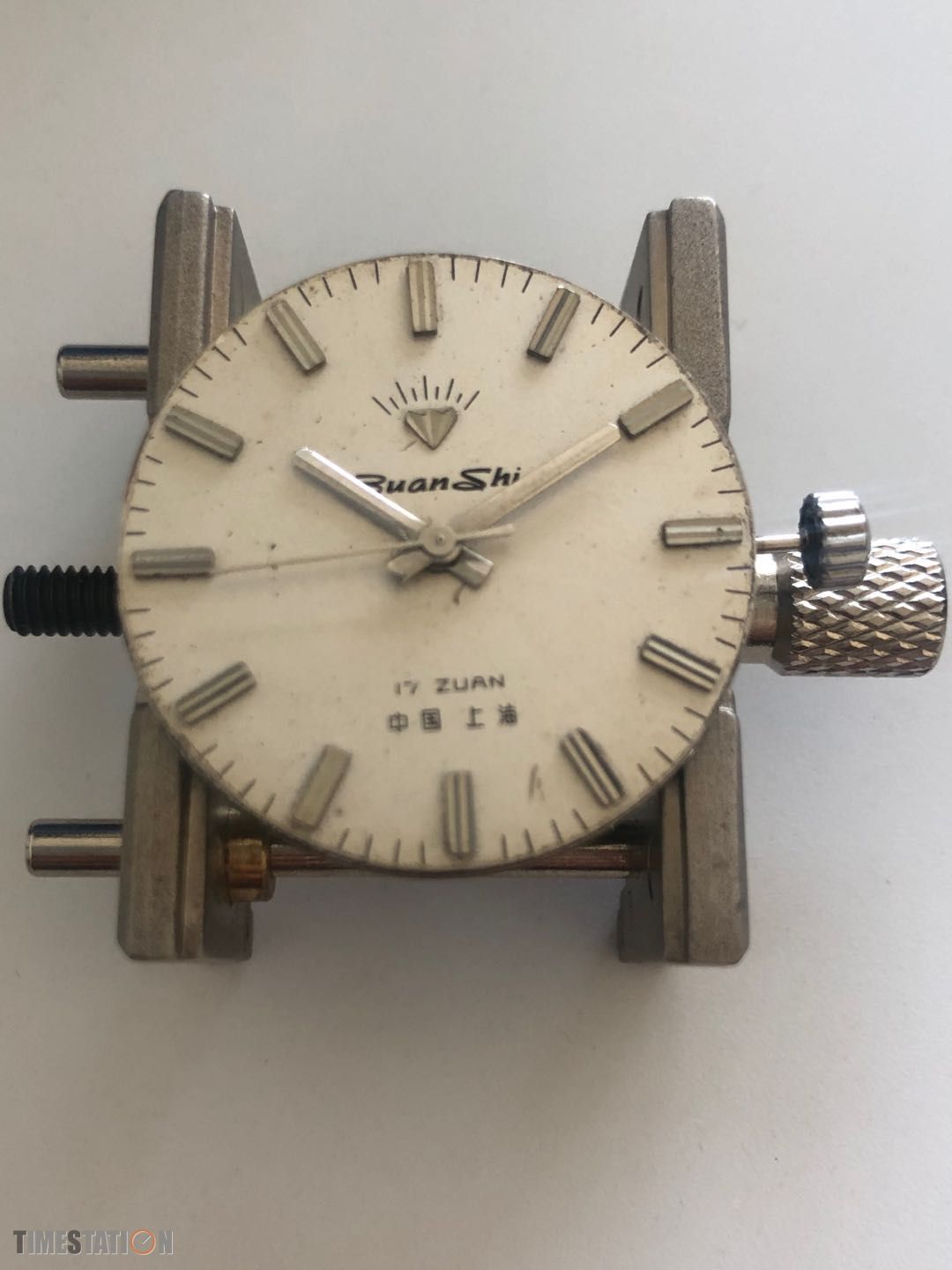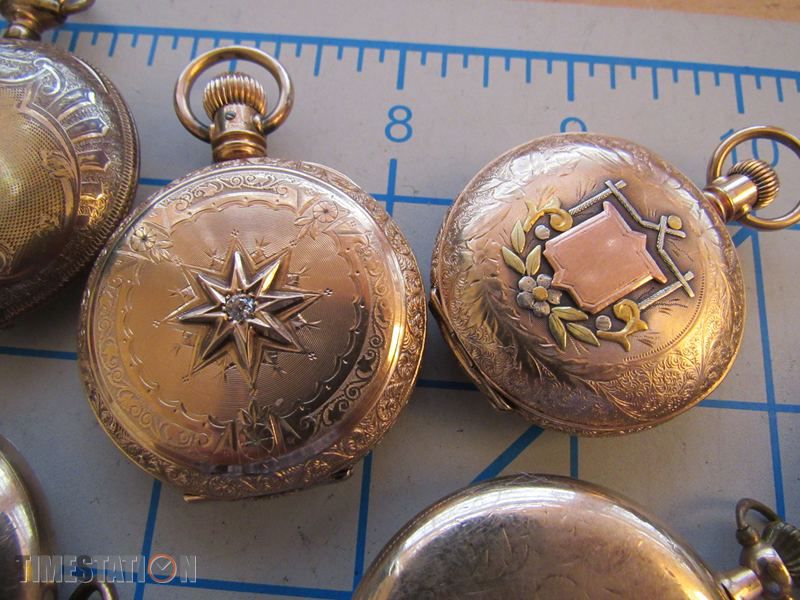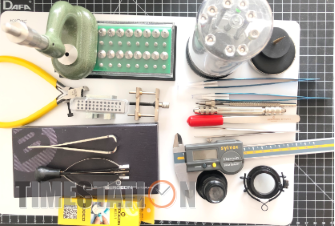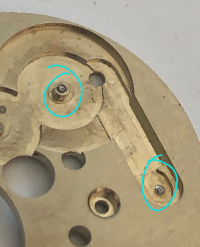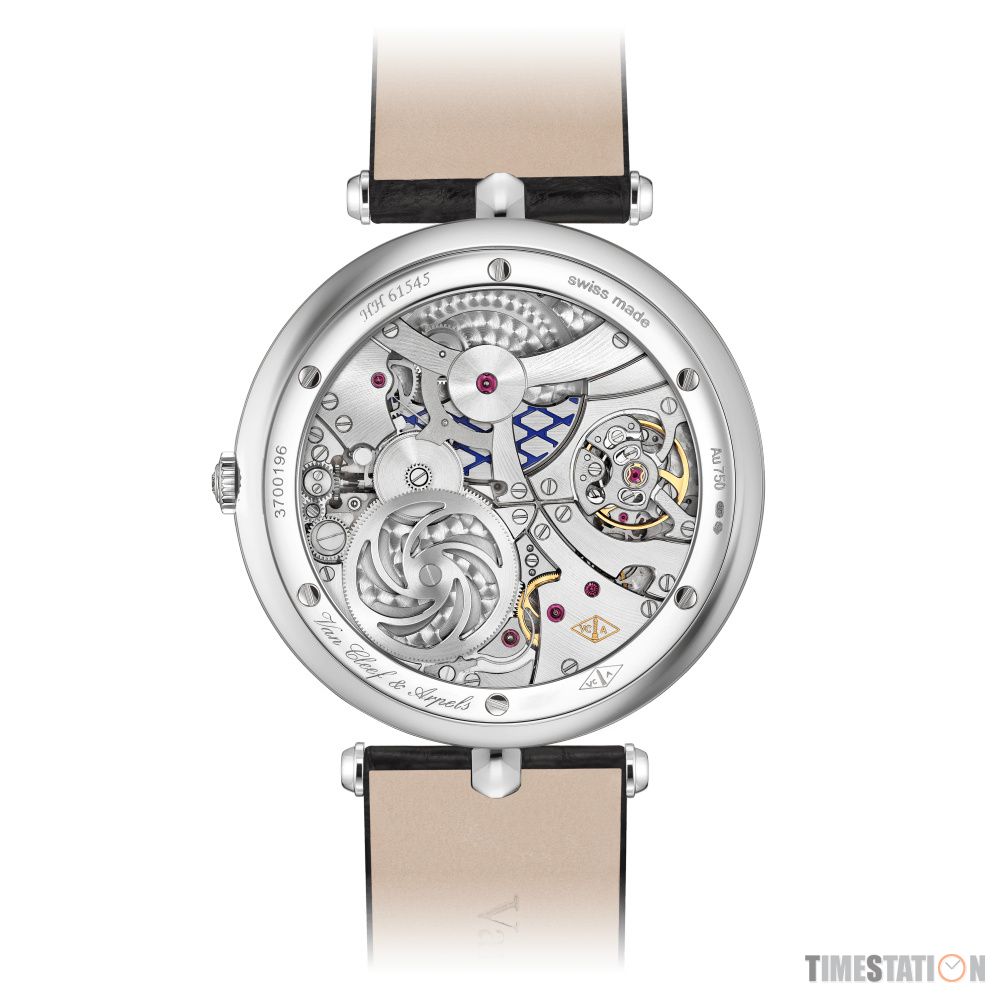G先生的文字:
Zenith Chronometre, Cal. 135, circa 1950, stainless steel
The Zenith Caliber 135 is a watch I became interested in as a result of researching observatory competition chronometers for my article on the Be-Ba Competition Chronometer. Wristwatches containing movements which were designed for use in the Swiss Observatory competitions conducted between 1945 and 1967 are very rare, and the movements are of special interest because their overarching rationale is that they be capable of being regulated to run extremely accurately across a wide variety of positional and temperature conditions, and that such regulation be repeatable, and sustainable. The impetus to accomplish these goals has largely been lost due to the availablity, and afforability of COSC-capable movements, along with the practical suspension of the traditional practice (and need for) taking one's watch into a watchmaker for periodic regulation. This is not to say that there are not many fine and modern movements which are perhaps every bit as capable of consistent, and accurate regulation as the legendary competition movements of the past, just that such capability is likely largely a result of modern material and production methods, as well as intent, and shares the stage with many other design priorities.
Because of the rules and standards governing the competitions, wristwatch movements were designed at (or nearly at) the maximum allowable 30mm diameter, and the 135 is no exception at 13 lignes (just over 29mm diameter). Besides its large size and general high quality of design and execution, there seem to be at least a couple of notable features to this movement. Of particular interest is the distinctive arrangement of the gear train wherein the minute wheel is placed off-center, thus allowing exceptionally large balance of 14mm (higher rotational intertia can allow more consistent performance, without increasing weight or beat rate), and barrel (for improved isochronism). In addition, it sports a fine regulator mechanism of a sort I have not seen previously. Apparently, a small disk milled with slots is turned, while a pin on the underside of the regulator arm is pressed by a most elegantly milled spring against a snail-shaped "inverse cam" cut into the disk. As far as I can tell, the disk which sets the regulator may only be held in place by the pressure of the arm and spring, and simple friction, which at this scale may be considerable. The translation of the very slight motion of the regulator arm proper into a much longer visible path along the inside of the disk would seem to make exact adjustment a relatively intuitive task.
Although quite rare in absolute terms, it is my sense that within this exalted realm, Zenith's production of some 11,000 of these movements during a run of over 15 years must be a comparatively high figure. Perhaps it is because of this that the 135 has been found in a variety of watches with very beautiful and obviously high-quality and expensive cases and dials. Overall, this watch is 35mm diameter, exclusive of crown, and 9mm thick, including the domed crystal. Although distinctly a design identifiable with its mid-century roots, its relatively thin bezel and sedate markings, along with the size and integrated lugs of its sculpted case allow it to look quite comfortable among current dress watches.
As in my previous article, I am indebted to Fritz von Osterhausen for his book "Wristwatch Chronometers", the source for much of my technical understanding of these unusual watches. |
